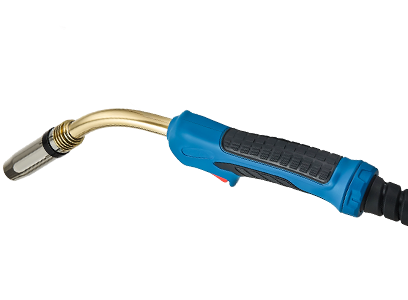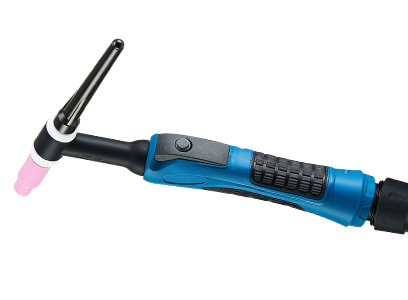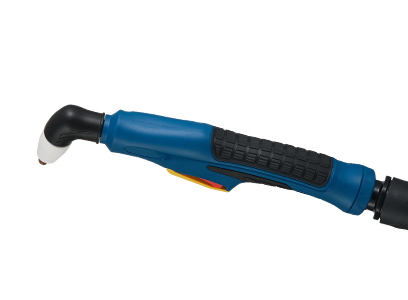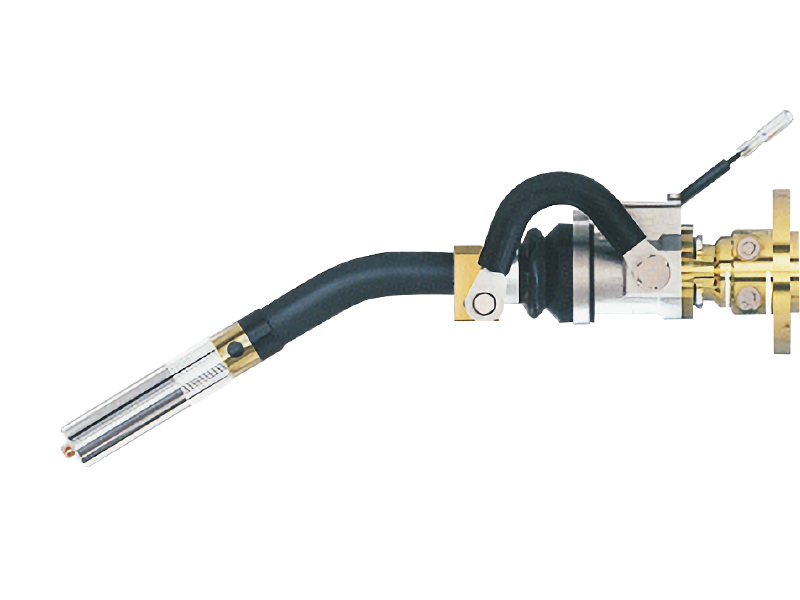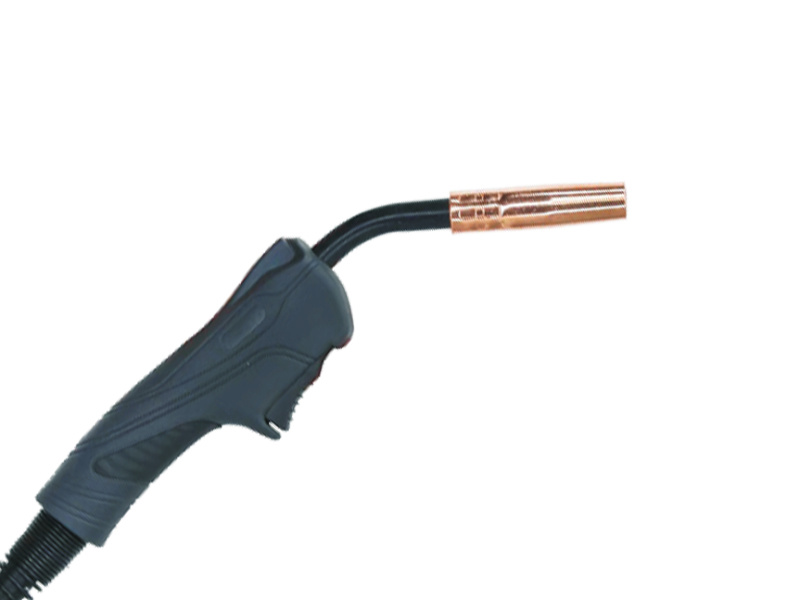Understanding the Components of a TIG Consumables Kit: A Deep Dive
Understanding the Components of a TIG Consumables Kit: A Deep Dive
Table of Contents
1. Introduction to TIG Welding
2. What is a TIG Consumables Kit?
3. Key Components of a TIG Consumables Kit
3.1 Tungsten Electrodes
3.2 Tungsten Grinders and Sharpeners
3.3 Cup Geometry and Sizes
3.4 Gas Diffusers
3.5 Collets and Collet Nuts
3.6 Filler Materials
Understanding the Components of a TIG Consumables Kit: A Deep Dive
Table of Contents
- 1. Introduction to TIG Welding
- 2. What is a TIG Consumables Kit?
- 3. Key Components of a TIG Consumables Kit
- 3.1 Tungsten Electrodes
- 3.2 Tungsten Grinders and Sharpeners
- 3.3 Cup Geometry and Sizes
- 3.4 Gas Diffusers
- 3.5 Collets and Collet Nuts
- 3.6 Filler Materials
- 3.7 Back Purge Materials
- 3.8 Electrode Holders
- 4. Choosing the Right Consumables for Your Project
- 5. Maintenance and Care of TIG Consumables
- 6. Common Issues and How to Solve Them
- 7. Frequently Asked Questions (FAQs)
- 8. Conclusion
1. Introduction to TIG Welding
TIG welding, or Tungsten Inert Gas welding, is a highly precise welding process that is favored for its superior control and quality. It utilizes a non-consumable tungsten electrode to produce the weld. The process is widely respected in industries that require high-quality welds, such as aerospace, automotive, and manufacturing. Understanding the components of a TIG consumables kit is crucial for anyone interested in mastering this welding technique.
2. What is a TIG Consumables Kit?
A TIG consumables kit is a collection of essential items required for the TIG welding process. These components are designed to work together seamlessly to produce high-quality welds. A well-equipped consumables kit not only enhances the efficiency of the welding process but also ensures the safety and effectiveness of the welder's work.
3. Key Components of a TIG Consumables Kit
Understanding the various components in a TIG consumables kit can significantly impact the quality of your work. Here, we delve into each key component that is essential for successful TIG welding.
3.1 Tungsten Electrodes
Tungsten electrodes are at the core of the TIG welding process. They are responsible for conducting electricity and generating the heat needed to melt the base metal. The choice of tungsten electrode is critical, and they come in different types, such as pure tungsten, thoriated, ceriated, and lanthanated. Each type has unique properties, making them suitable for various materials and applications.
- **Pure Tungsten**: Best for AC welding of aluminum.
- **Thoriated**: Known for longevity and stability in DC welding applications.
- **Ceriated and Lanthanated**: Offer excellent performance in both AC and DC welding.
Choosing the right tungsten electrode can vastly improve your welding efficiency and output.
3.2 Tungsten Grinders and Sharpeners
Maintaining the point of the tungsten electrode is essential for precise welding. Tungsten grinders and sharpeners help in achieving the correct tip geometry, which contributes to a stable arc. A well-sharpened tungsten electrode provides better arc control, reduces contamination, and enhances weld quality.
- **Angle Grinders**: Suitable for achieving a pointed tip.
- **Dedicated Tungsten Grinders**: Offer precision sharpening with a consistent angle.
Investing in high-quality grinders can significantly improve your welding results.
3.3 Cup Geometry and Sizes
The cup, or gas cup, plays a crucial role in how the shielding gas is delivered to the weld area. Different cup geometries and sizes can affect the arc stability and gas coverage.
- **Standard Cups**: Commonly used and suitable for most applications.
- **Funnel-Shaped Cups**: Provide better gas flow for increased penetration.
- **Ceramic Cups**: Offer excellent heat resistance but are more fragile.
Selecting the right cup size and shape can enhance weld appearance and quality.
3.4 Gas Diffusers
Gas diffusers help to distribute shielding gas evenly over the weld area. A consistent gas flow is essential to protect the molten weld pool from atmospheric contamination. They are typically made of brass or aluminum and can vary in design.
- **Standard Diffusers**: Provide adequate shielding for most applications.
- **High-Flow Diffusers**: Improve gas coverage for thicker materials.
Choosing the appropriate gas diffuser is essential for maintaining the integrity of the weld.
3.5 Collets and Collet Nuts
Collets hold the tungsten electrode securely in place and ensure its proper alignment during welding. Collet nuts are used to tighten the collet around the electrode.
- **Collets**: Available in various sizes, ensuring a firm grip on the tungsten.
- **Collet Nuts**: Should be compatible with the torch model for optimal performance.
Using the right collets and collet nuts can prevent electrode movement and improve arc stability.
3.6 Filler Materials
Filler materials are added to the weld pool to create a strong bond between the base metals. The choice of filler material depends on the type of metals being welded and the desired properties of the finished weld.
- **ER70S-6**: A common filler for carbon steel applications.
- **ER318L**: Appropriate for stainless steel welding.
Selecting the correct filler material is crucial for achieving the desired strength and quality in your welds.
3.7 Back Purge Materials
Back purging is a technique used to protect the underside of the weld from oxidation. This is particularly important when welding stainless steel and other reactive metals. Back purge materials, such as argon gas, ensure a clean weld and prevent contamination.
- **Back Purge Kits**: Include all necessary components for effective purging.
Implementing proper back purging techniques is essential for high-quality welds.
3.8 Electrode Holders
Electrode holders are essential for safely and securely gripping the tungsten electrode during the welding process. They are available in various styles and materials, ensuring compatibility with different torch models.
- **Standard Holders**: Suitable for most TIG welding applications.
- **Heavy-Duty Holders**: Designed for high-performance welding tasks.
Choosing the right electrode holder is essential for effective and efficient welding.
4. Choosing the Right Consumables for Your Project
Selecting the right consumables based on the specific requirements of your welding project can greatly affect the outcome. Factors to consider include the type of metal being welded, the thickness of the material, and the desired weld characteristics.
- **Material Type**: Different metals require specific tungsten electrodes and filler materials.
- **Weld Position**: The position of the weld can influence the choice of gas cup and back purge techniques.
- **Weld Appearance**: If aesthetics are a concern, consider factors such as filler material color and joint preparation.
Taking these factors into account will help you make informed decisions on consumables that yield the best results.
5. Maintenance and Care of TIG Consumables
Proper maintenance of TIG consumables is essential for ensuring longevity and optimal performance. Keeping components clean and free from contamination will greatly enhance the quality of welds.
- **Storage**: Store consumables in a clean, dry place to prevent damage or contamination.
- **Cleaning**: Regularly clean collets, cup geometries, and gas diffusers to maintain efficiency.
- **Inspection**: Periodically check for wear and replace consumables as needed to avoid compromised weld quality.
A proactive maintenance approach will ensure that your TIG welding kit remains in top condition, ready for any project.
6. Common Issues and How to Solve Them
Even with the best consumables, issues can arise during the TIG welding process. Here are some common problems and their solutions:
- **Poor Arc Stability**: Often caused by an improperly sharpened tungsten electrode or incorrect collet size. Check electrode sharpness and collet fit.
- **Contaminated Welds**: Can result from inadequate shielding gas flow. Ensure proper gas flow and check for leaks in the gas lines.
- **Excessive Spatter**: May occur when the filler material is fed too quickly. Adjust the feeding speed to match the welding speed.
By understanding these common challenges, welders can troubleshoot effectively to achieve high-quality results.
7. Frequently Asked Questions (FAQs)
What is the best type of tungsten electrode for aluminum welding?
For aluminum welding, pure tungsten electrodes are recommended due to their excellent performance on AC current.
How often should I replace my tungsten electrodes?
Replace tungsten electrodes when they show signs of wear, such as balling or contamination, to maintain optimal arc stability.
Can I use the same filler material for different metals?
No, each metal type requires a specific filler material to ensure compatibility and strength in the weld.
What is back purging, and when should it be used?
Back purging is the process of introducing shielding gas to the back side of a weld to prevent oxidation. It is crucial when welding reactive metals like stainless steel.
How can I achieve a clean weld appearance?
To achieve a clean weld, ensure proper joint preparation, use quality filler material, and maintain a consistent gas flow during welding.
8. Conclusion
Understanding the components of a TIG consumables kit is essential for welders looking to maximize their skills and produce high-quality welds. From tungsten electrodes to gas diffusers, each component plays a crucial role in the welding process. By selecting the right consumables and maintaining them properly, welders can ensure optimal performance and durability in their projects. With this comprehensive guide, you are now better equipped to navigate the intricacies of TIG welding and elevate your craft to new heights.
TAG:
Related Posts
Essential Insights on MIG Torch Replacement: A Comprehensive Guide
When it comes to MIG (Metal Inert Gas) welding, the torch is one of the most vital components of the entire setup. Over time, as with any tool or equipment, MIG torches can wear out or become damaged, necessitating a replacement to maintain welding quality and efficiency. Understanding the nuances of MIG torch replacement can make a significant difference in your welding outcomes.
First and foremo

